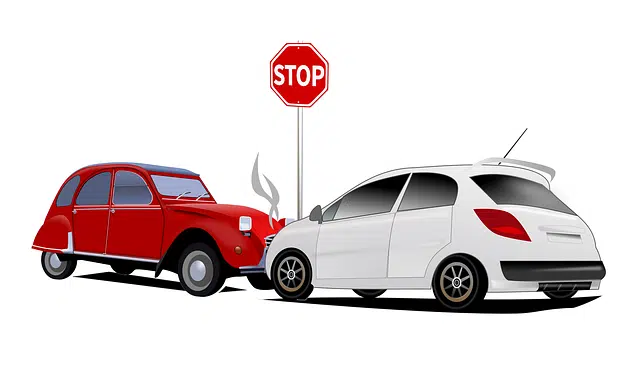
An impact can be a collision or a crash.
From the late Latin impactus , impact is the clash or collision of two objects or beings . For example: “The impact between the train and the bus left three people dead and dozens injured” , “The precarious house could not withstand the impact of the hail and ended up collapsing with its inhabitants inside” , “When both players jumped to head the ball, there was a strong impact between their heads and they had to be hospitalized” .
Impact is also the mark or sign left by the aforementioned crash: “The impact of the meteorite on the field can be clearly seen from the helicopter” , “The bullet impacts on the door of the business are clear evidence of the violence of the robbery” , “The wall of the living room shows the impact of a ball, irrefutable proof that someone was playing soccer inside the house” .
A mental blow
The emotional shock caused by surprising or disconcerting news and the effect produced by an event on public opinion are known as impact.
“When she found out about her son’s death, the impact was enormous”, “Lara is still trying to get over the shock: it is clear that she needs more time” y “The president’s resignation had a great impact on society” son expresiones que muestran este uso.

An emotional blow is referred to as an impact.
Environmental impact
The notion of environmental impact , on the other hand, refers to the effect that human activity generates on the environment .
It is common to use the concept to name the collateral effects that a certain economic exploitation has on the natural environment: "Mining is a very profitable activity for companies but with an enormous environmental impact for people."
Ancient Comets
Studies carried out on a brooch belonging to Tutankhamun have revealed that one of its stones may have come from a comet that hit our atmosphere around 28 million years ago, according to the researchers in the scientific journal « Earth and Planetary Science Letters ». This discovery could clarify many of the questions surrounding the origin of the Solar System.
Apparently, when the comet entered the Earth's atmosphere, it exploded over Egypt and the heat it radiated brought the sand to a temperature of around 2,000 degrees Celsius. The impact left behind a considerable amount of silica glass, generally known as Libyan desert glass , which has been of great interest to scholars in various fields for years.
The brooch of the ancient pharaoh features the figure of a scarab polished from a crystal of this kind, with its characteristic yellow colour. Jan Kramer, one of the experts from the University of Johannesburg in charge of this research, says that we are looking at the first example of a comet nucleus that humans have ever known.
It is also believed that diamonds of microscopic size were produced from the explosion. According to Kramer, carbon support material is needed for the production of diamonds, which usually occurs in the depths of our planet, where the level of pressure is very high; but it is also possible that a significant impact could generate the necessary pressure on the surface, precisely what happened when the comet collided with the Earth, and this is what the scientist bases his theory on.
It is worth noting that the discovery of comet material on the Earth's surface could result in savings of several billion for NASA and the European version of the ESA; every year, these associations send expeditions into space to collect tiny samples, which they study once they reach Earth.
